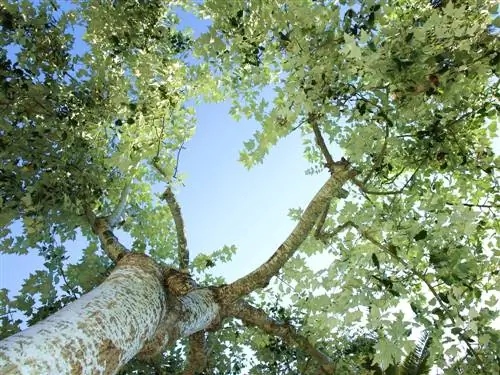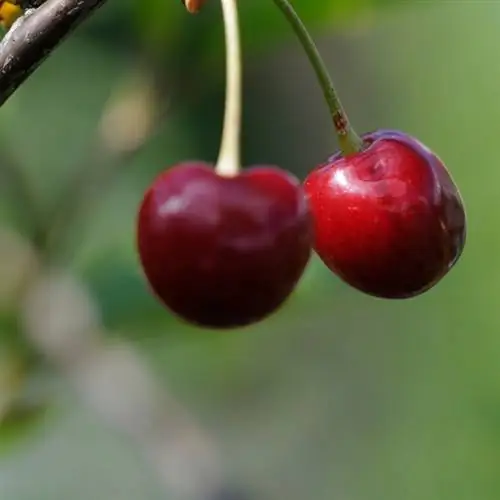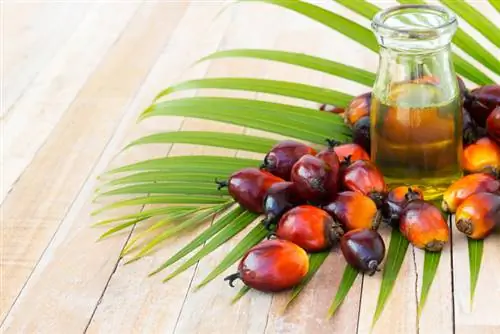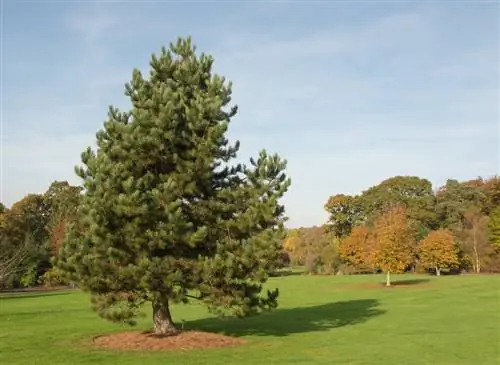- Author admin [email protected].
- Public 2023-12-16 16:46.
- Last modified 2025-01-23 11:21.
Poplar trees shape our local landscape with their gracefully swinging crowns. The friendly deciduous trees provide us with many aesthetic and practical things. Here we dedicate a short profile to the poplar.
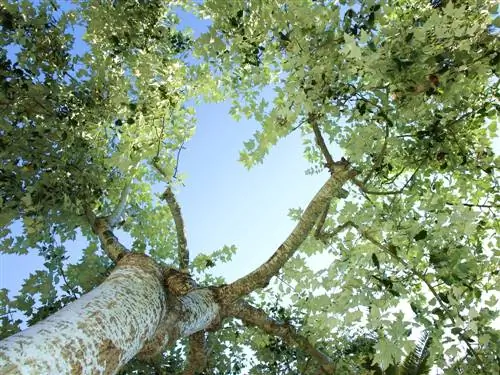
What are the characteristics and uses of poplar trees?
The poplar is a fast-growing deciduous tree with a light, swinging crown that can reach a height of 15 to 45 meters. It has delicate leaves, forms catkins in spring and is used for avenue trees, wood production and poplar wool.
Growth and appearance
Poplars generally have a large-crowned, elongated tree habit with a light, elastically swinging crown. They are among the fastest growing trees in our latitudes. Depending on the species, they can grow up to one meter per year! Depending on the species, they reach a total height of between 15 and 45 meters.
Their wood has scattered porosity and is very cellulose-rich, which, apart from the filigree leaves, contributes to the dynamic appearance.
The roots of poplar trees, like the above-ground part of the tree, grow very easily and form strong root runners. Through the resulting rashes, poplars reproduce effectively vegetatively.
Leaves, flowers and fruits
In early spring, around March, poplars are the first to produce their flowers in the form of catkins. They initially remain alone in the bare branches. The foliage does not develop until later in April. The fruits develop on the catkins at the end of May.
Generative propagation
Poplars are dioecious, so the tree individuals have separate sexes. Poplars with male catkins allow their pollen to be carried by the wind to poplars with female flowers (anemophilia). If these are fertilized, numerous capsule fruits with seeds are produced. The seeds, which are equipped with a tuft to aid flight, are also carried by the wind for reproduction after the capsule opens. (Anemochory)
How poplars are used
We humans have taken advantage of the characteristics of poplar trees in many ways. Of particular interest are:
- Your fast and high growth
- Your special wood
- Your fuzzy seeds
Rapid height growth for avenues etc
Due to their rapid height growth, poplars are often used as avenue trees. Even in private settings, the trees can close a property boundary against wind and sun without much patience.
Flexible, resilient wood
The wood is used economically for the production of pellets, packaging material and paper. It is also suitable for making instruments because of its flexibility and resilience.
The poplar wool
The fine cellulose hairs of the poplar seeds, also known as poplar wool, were also used in the past to make precious paper.

